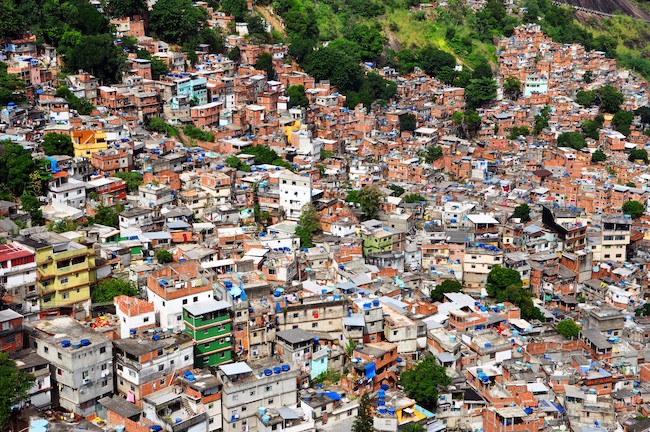Formalization, Possession, and Ownership
Stimulating economic development by formalizing rights to possession of land and buildings in those who have possession but not title.
Abstract
This paper is a commentary on Hernando de Soto’s work on informal communities in developing countries, such as the shantytowns of Peru, the favelas of Brazil and the bidonvilles of Haiti. De Soto’s major policy proposal with regard to these communities was to adopt legislation that would convert informal rights to land and structures – in effect “squatter’s rights” – into legal property rights. He thought that once informal rights were made legal, they would provide a basis for persons in these communities to obtain loans secured by these rights, which they would then use to start or improve small-scale businesses. These small business could then grow, eventually improving the welfare of the residents of these communities, and producing a more prosperous and equal society overall. He called this program “The Mystery of Capital.”
Unfortunately, the formalization project, in the countries where it has been adopted, has largely failed to achieve the lofty objectives de Soto set out. One reason for the failure is that the gap between informal rights and formal property rights is not just a matter of a legislative policy choice, but is rooted in basic institutional differences between possessory rights and property rights. Possession is a social institution that exists in all societies. It is based on social perceptions that particular persons have obtained control over particular physical things, and intend to maintain that control. Property is a legal institution. It establishes the legal right of particular persons to exercise control over particular assets, physical and non-physical alike. De Soto’s informal communities are based on possessory rights. His proposal was to transform these into property rights.
The primary reason de Soto’s project failed is that he did not perceive the very large difference in information costs between possessory rights and property rights. Possessory rights are established by physical control over a particular object combined with a signal of intent to maintain control. The signals differ from one object and society to another, but they are learned very easily by perceiving how others behave. Property rights are established by showing that the person who claims to be the owner has acquired the relevant rights to control an asset. Often this means tracing the history of previous transfers of the asset back to an original grant from the state, or other root of title. This process entails searching through a history of deeds or sales receipts, consulting a registry of rights, performing surveys, and interpreting the results of these inquiries. In short, establishing possession entails very little in the way of information costs; establishing property rights is comparatively much more expensive.
The information cost differential is relevant in explaining the failure of formalization of informal rights to generate secured lending. A bank or other lender will advance credit secured by property only if the “spread” between the bank’s cost of capital and the interest charged to the borrower, multiplied times the size of the loan, exceeds the cost of originating, processing, and collecting the money owed under the loan. A key element of the cost of making the loan is establishing that the borrower has the relevant ownership rights in the collateral – the property used to secure the loan. If the property has a very low value, then the lender will not make much by advancing the loan. If the costs of establishing the borrower’s rights will likely exceed what the lender expects to make by advancing the loan, the loan will not be made. De Soto’s plan failed because the value of the formalized property rights was too low to justify banks and other lenders establishing that the borrower had the relevant rights to post as security for a loan.
The paper discusses several alternatives to de Soto’s plan as a possible way to jump-start economic development in informal communities. One possibility, which resonates with the themes of the paper, is to adopt a program of formalizing possessory rights. This would provide increased security for persons living in such communities, which would allow them to defend their holdings against trespassers and thieves, and to leave for work or school during the day. It would also facilitate transfers of possessory rights from one person to another. Eventually a system of formalized possessory rights might evolve into informal lending within the community based on pledges of certificates of possession. Such a program would capitalize on the relatively lower information costs associated with possession rather than property, and might, over time, evolve into something that begins to look like the system of property rights de Soto sought to create by government fiat.
This is an abstract of an academic publication that can be downloaded below.
TWM Formalization, Posession and Ownership (EN) (ed) + Access.pdf 217.94 KB

